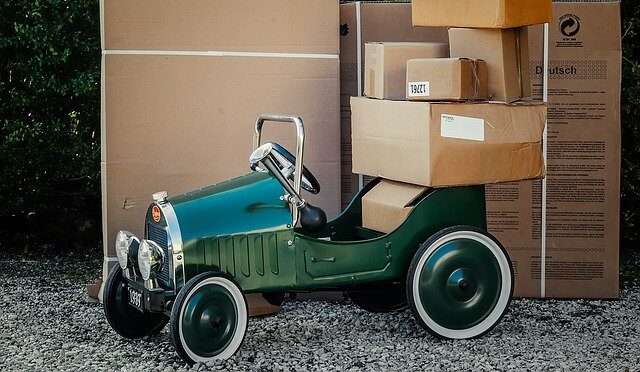Embossing and Debossing: Add Beauty and Class to Your Packaging
- 1 Differences Between Embossing and Debossing
- 1.1 Give Your Package a Unique Dimension
- 1.2 Embossing as a Symbol of Authenticity
- 1.3 How to Get it Right With Embossing and Debossing
- 1.4 Illustrations in vector form
- 1.5 Double-check the back of your substrate
- 1.6 Consider using thicker material
- 1.7 Multi-level embossing provides depth and intricacy
- 1.8 Maintain simplicity
- 1.9 Are You Ready to Use Embossing or Debossing on Your Custom Packaging?
You may have come across these two terms; “embossing and debossing” or maybe not. These are printing techniques used in package design to add a high-end touch to any medium.
These techniques make a picture stand out by providing an extra layer of depth – not just optically, but also physically. This extra touch of elegance produces an unforgettable touchpoint with your customer.
For embossing, the material is pressed onto a female die with your pattern engraved onto it. The male version of the identical artwork is found beneath the substrate. The two dies are then pressed together under a little heat and tremendous pressure, with the substrate being squeezed in between.
To make a debossing pattern, you only have to flip the substrate upside down and place it beneath the surface.
Differences Between Embossing and Debossing
The major difference between debossing and embossing is that embossing creates a raised design while debossing creates an indented design on the surface.
Embossing leaves an inverted version of the design on the rear surface of the printing material while debossing may not leave any imprints on the inner surface if the material is thick enough.
Give Your Package a Unique Dimension
When it comes to branding, nothing is as important as being unique. Copying your competitors can only bring you down, while being different catches the buyer’s eye.
The slight yet noticeable difference in texture provided by embossing creates something interesting to touch. A product’s packaging with a feeling of touch enhances elegance, refinement, and luxury. The subtlety of embossing is what makes it so appealing.
Your design may be just basic, but with embossing, your design will have a unique touch. Embossing and debossing are excellent choices for logos, particularly circular ones. Using this shape creates a badge-like seal that conveys class.
Embossing as a Symbol of Authenticity
Speaking of badges, it is the aim of every manufacturer to have a firm standing in the market and outshine competitors. Embossing makes your packaging stand out since it is elegant and unique.
Embossing is derived from wax seals that sealed unopened letters in days of old. The wax seal was used to symbolize honesty and reliability, indicating that whatever was within was whole and properly maintained.
An embossed logo conveys the same impression of authenticity and reliability to your customers.
How to Get it Right With Embossing and Debossing
While embossing and debossing is not that complicated, not all design and graphics emboss properly. When creating embossing and debossing designs, keep the points below in mind:
Illustrations in vector form
The reason why vector files are better suited for embossing and debossing than raster files is that they allow the data to extrapolate into a third plane below and above without reducing the quality. This implies that the data will translate considerably better onto the stamping die.
Double-check the back of your substrate
As we have already mentioned, embossing may imprint the back of your substrate depending on its thickness. Thicker materials are less likely to show these imprint marks.
Debossing pushes the pattern into the substrate from behind, which makes it impossible not to leave the inverted design on the backside. If this is an issue, work it into your design or try adding laminate on the back to cover the imprints.
Consider using thicker material
For embossed artwork, heavier gauge paper material is recommended. Thicker paper stock easily adopts the designs from the die press. Using a stock that is on the thin side won’t give you the kind of evident depth you want with beautiful embossed designs.
Multi-level embossing provides depth and intricacy
Embossed patterns with numerous levels look really lovely, but they add complexity to both the design and production processes. When using a small material, don’t deepen the imprints too much or you will cause a tear. For bigger surfaces, use multi-level embossing patterns.
Maintain simplicity
As previously stated, embossing takes your packaging on a whole new level. The beauty of embossing is in keeping it simple. Embossing is best used in slogans, brand names, simple logos and graphics, watermarks, and small, straightforward designs.
Rather than creating a complicated embossing design, you can use printed colors to add complexity.
Are You Ready to Use Embossing or Debossing on Your Custom Packaging?
Embossing and debossing are simple printing processes that you can use on your product packaging. It is a unique way of calling attention to your product on the shelf and on social media sites.
Wondering if you can really do it?
You don’t need to be experienced to get gorgeous results. Leave your work to the professionals and stand out!

















